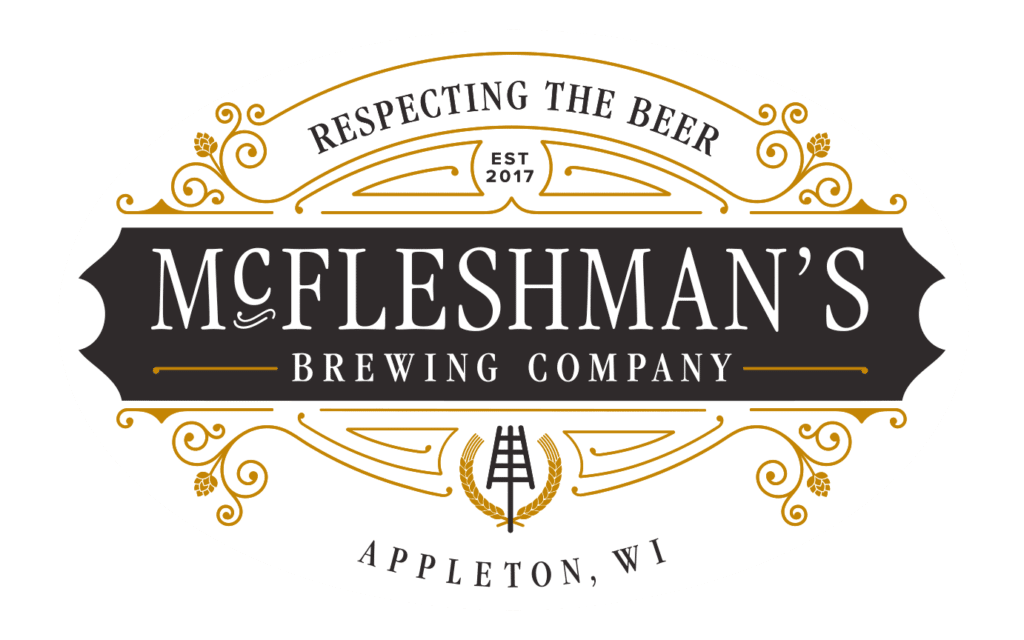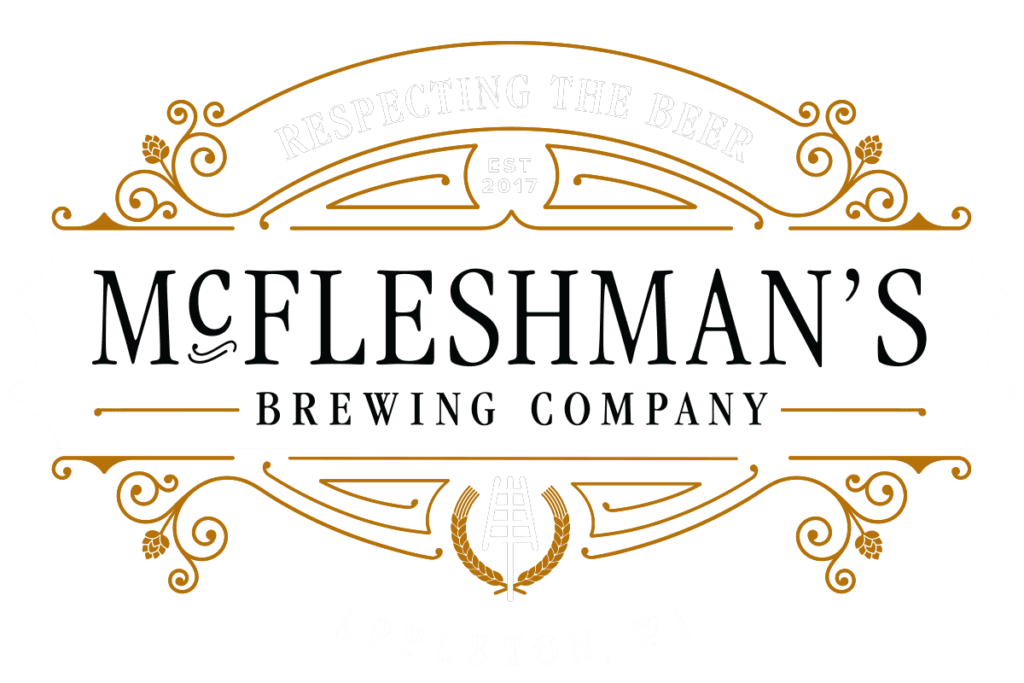Shhh…Don’t tell anyone, but can you relate? I own a brewery and yet don’t care for really hoppy beer; I love the malty ones! Do I lose my beer nerd status? Hell no! I will drink what I enjoy, and you should too!
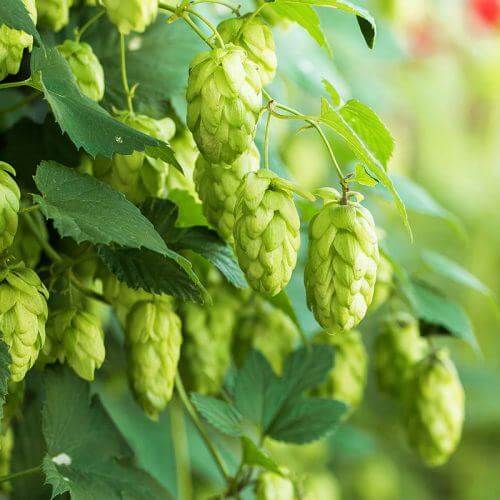
In graduate school, I saw a presentation entitled Chemistry of Coffee and learned how the acids balance the bitterness and aroma; there was a lot more to it, but it was eye-opening! Before this talk, “five sugars and cream please” to hide that acrid, bitter taste! After the talk; I take my coffee black and appreciate the brief, sour flavor before the bitter finish! It’s amazing what learning a bit of chemistry will do for your palate!
Back to Hoppy Beers: Around the 15th century, brewers tried to tame beer’s residual sweetness by adding dandelion, bog myrtle, and even spruce tips. The sweetness came from leftover sugars the yeast hadn’t fermented into alcohol. It wasn’t until they tried hop flowers that they found a winner.
So when are hops added during the brewing process? It all depends on the brewer’s desire for the final beer’s flavor profile.
In brief, to make beer you (1) boil grain to extract sugars and make wort. (2) Cool the wort and (3) add yeast to eat sugar in the wort and produce alcohol (fermentation).
If you add hops in step one, the heat causes certain chemical reactions that yield bittering flavors (isomerized alpha acids if you want to know more). Wait until step two, at lower temperatures, and those reactions don’t occur, but the compounds that give aroma, also called terpenoids (think fresh cut grass), stick around because it wasn’t hot enough to boil away. This is the same reason to add fresh herbs at the end of your cooking or all the smells will evaporate! Adding hops after step three, or “dry hopping” contributes to all aroma and no bitterness.
As an added bonus, the acids in hops are also preservatives. This helped preserve the only potable water (ale) for England’s long Tall Mast ship voyages to India during the spice trade, hence the overly-hoppy character of India Pale Ales.
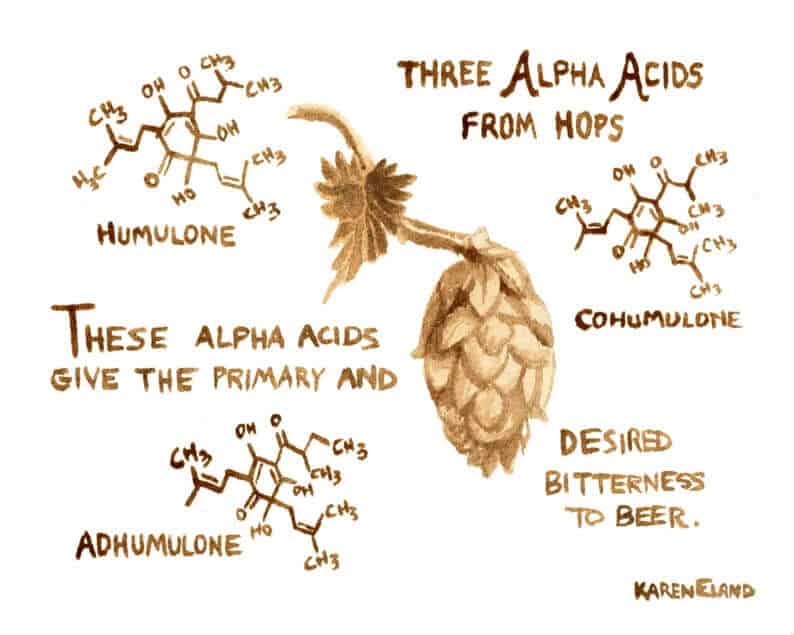
To give an example of what hops can do, our Hildy Pilsner uses Sterling hops for bittering and Saaz hops for aroma. The Sterling hop’s spicy aromas are not present because they were added early in step one of brewing but they yield bitterness, but the Saaz, added at the end of the boil leave their floral or piney aromas behind for you to enjoy! Think of all the combinations!
A fun experiment: Order our Tall Mast IPA and 547 IPA. See if you can guess which has more late hop additions (more nature-floral aroma) and which used more hops early in the boil (to balance sweetness). Both are IPAs, but they are worlds apart!
So do I like hoppy beers after learning the chemistry? Not really, I still prefer a malty Porter, which surprisingly has the same amount of hops as an IPA! However, I do appreciate a well-made hoppy beer because I can taste the brewer’s actions if I pay attention. It’s as if a recording of the brewer’s choreographed ballet of hop addition lingers with each glorious sip.
Dance on, my brewer friend, dance on!
Cheers!

